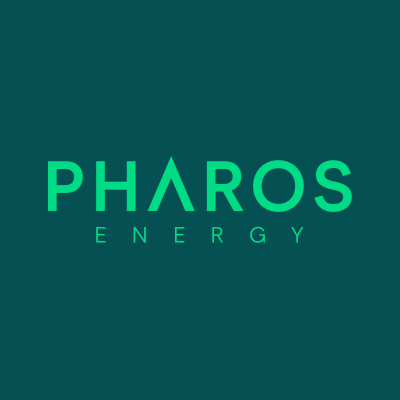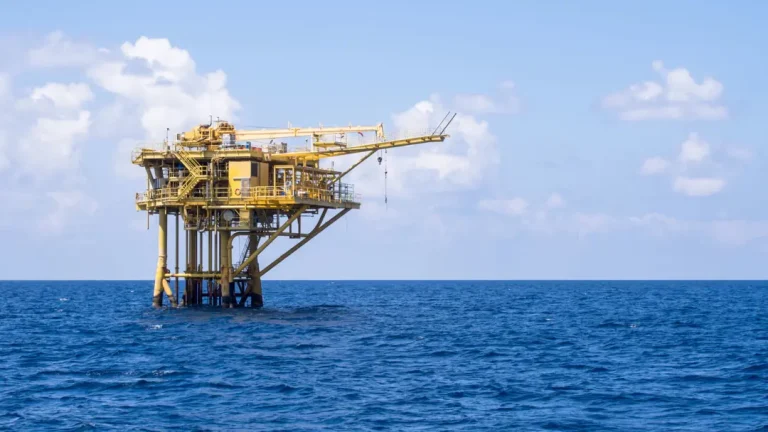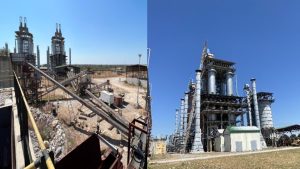Amid a backdrop of evolving supply strategies and diplomatic developments, a new rhythm is emerging in oil markets that presents a compelling narrative for long-term investors. Rather than a mere tug-of-war between bulls and bears, the unfolding dynamics offer a lens into how refined supply choices and strategic stockpile placements can quietly create durable opportunities in a sector often associated with abrupt swings.
The recent steadiness in futures prices belies an encouraging undercurrent: key producers and consumers are deploying measured adjustments that, taken together, hint at a more orderly progression of market balances. In particular, the prospect of targeted measures against certain exporters has not triggered the abrupt repricing once feared. Instead, market participants have responded with measured hedging and selective renewals of positions, reflecting growing confidence in the ability of alternative flows to bridge any temporary shortfalls. For investors, this translates into a more stable backdrop for constructing positions that benefit from moderate price appreciation rather than abrupt spikes.
Meanwhile, demand signals from the world’s largest importer continue to surprise on the upside. June intake data showed China handling volumes at levels unseen since the previous high‐demand season, yet these additional barrels have been absorbed with minimal disruption to global differentials. This smooth integration underscores the sophistication of logistical networks and the adaptability of trading hubs to shifting cargo patterns. For a well-diversified energy allocation, such evidence of structural resilience reduces exposure to sudden shocks, allowing capital to gather returns steadily as markets adjust.
On the supply side, OPEC+ members have demonstrated an unusual degree of cohesion. Although some producers have marginally exceeded their nominal quotas, these releases have been broadly anticipated by the market and quickly factored into forward curves. This pre-emptive transparency has effectively dampened the typical volatility associated with surprise output bursts, smoothing the pathway for futures curves to normalise and shape a constructive environment for calendar-spread trades. Investors looking to capture carry in the oil complex can find reassurance in this newfound clarity around production policy.
Further bolstering the positive outlook, global stockpile trends are evolving in a way that underpins gradual tightening without panic. Analyses from independent agencies highlight that while headline inventory figures may remain elevated in certain regions, the quality of those stocks—in terms of location, accessibility and grade, has never been better aligned with refining needs. High-purity grades are positioned nearer to coastal hubs, and refiners are optimising throughputs with enviable efficiency. For portfolios that emphasise income through structured credit or master limited partnerships, this maturation of inventory quality points to sustained feedstock availability and healthy margin potential.
Broader economic indicators add another layer of support. Advances in trade negotiations have eased concerns over tariff escalations, reassuring multinationals and underwriters that global growth will not suffer abrupt setbacks. As a result, consumption forecasts for the remainder of the year have nudged upwards, albeit modestly, signalling that refiners and integrated energy companies can rely on a predictable demand curve. This alignment between policy progress and consumption consistency makes it easier for fixed-income investors to underwrite project finance in the midstream space, where cashflows hinge on steady throughput volumes.
Currency and interest rate movements further bolster the case for oil-related allocations. A slight softening of the US dollar has enhanced the purchasing power of non-dollar buyers, while rate plateau expectations have reduced the opportunity cost of capital for refinancing and greenfield developments. These macro shifts encourage strategic reinvestment in capacity enhancement and digital optimisation projects, from pipeline sensors to advanced analytics platforms, that promise to uplift operational margins over the medium term. Funds focused on energy transition or infrastructure can thus find fertile ground in companies blending traditional oil services with efficiency-driving innovations.
Ultimately, the narrative for oil markets now centres on incremental progress and managed evolution rather than abrupt swings. For long-term investors, this environment supports a palette of strategic options, ranging from carry-driven futures positions and structured credit deals to equity stakes in diversified energy groups with strong cashflow visibility. By aligning allocations with the market’s maturing dynamics, portfolios can capture the dual benefits of stable income and measured upside, all while maintaining protection against tail-risk events through modest optionality structures.
Oil markets are no longer defined solely by headline stories of geopolitical brinkmanship or sudden supply shocks. Instead, they are shaped by deliberate choices, where producers calibrate output, consumers refine logistics, and policymakers ease trade barriers in tandem. This confluence of factors delivers a backdrop that rewards patience and precision, inviting investors to engage with a sector that is evolving into a source of reliable returns rather than a theatre of erratic moves.
In plain terms, oil investing today involves assessing how carefully managed production plans, efficient consumption patterns and supportive macro trends converge to create a stable yet dynamic arena for capital deployment. That convergence underpins opportunities across the futures curve, credit markets and corporate equities for those who seek to position ahead of incremental shifts rather than chase headline-driven jolts.
Oil exploration and production encompass the discovery and extraction of crude from geological formations, while midstream operations focus on transporting and storing that crude before it reaches refineries that convert it into fuels and petrochemicals. Downstream, marketers and retailers distribute those end-products to industries and consumers worldwide, completing a value chain that drives both economic activity and investor returns.
Pharos Energy Plc (LON:PHAR) is an independent energy company with a focus on delivering long-term sustainable value for all stakeholders through regular cash returns and organic growth, underpinned by a robust cash flow and resilient balance sheet.












































